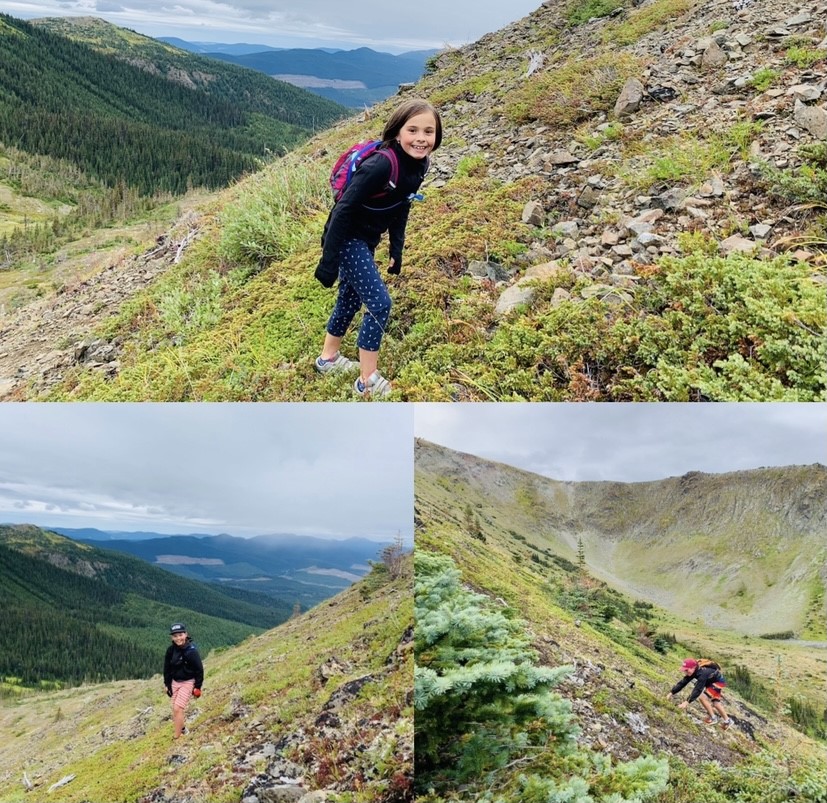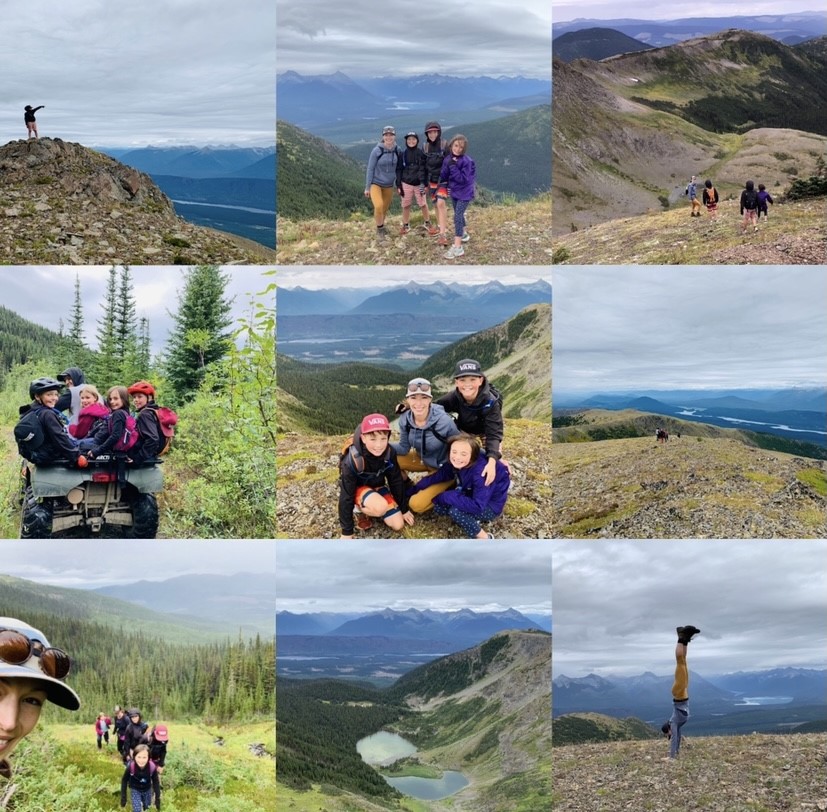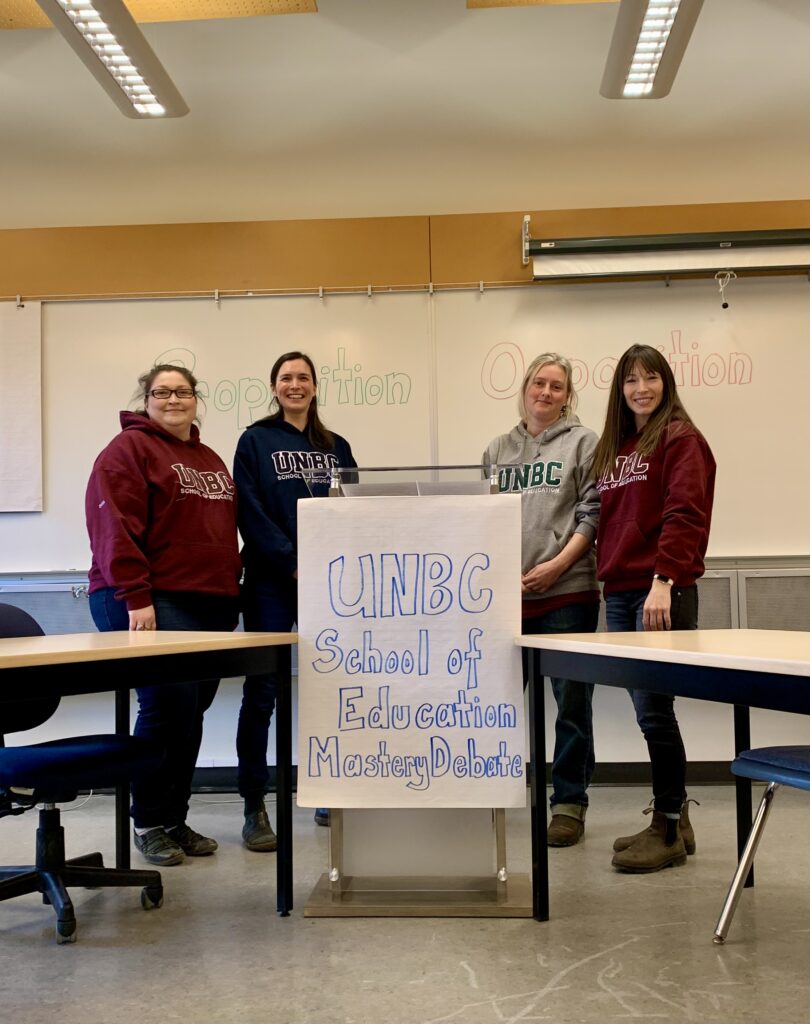Education is an expedition, with teachers the guides, students the climbers, and assessment their compass. Guides meet new sets of climbers at base camp each September. Some climbers arrive with overflowing packs and an abundance of material and human resources; others arrive less equipped with empty packs and limited resources. Experience varies; sometimes this is highly evident, but other times it is inconspicuous, making it difficult for guides to gauge climber readiness. If guides are unaware of their climbers’ strengths and stretches, they cannot meet the climbers where they are at. This lack of knowledge can cause the expedition to go awry.
Guides, therefore, must make themselves aware of every single climber’s capabilities, assessing each climber individually—at the beginning of the expedition, throughout the climb, and at the summit—so that necessary action can be taken to help each climber move forward (onward and upward, one foot in front of the other, one step at a time). Guides must also provide opportunities for climbers to assess themselves, encouraging questions such as: going into this, what are my strengths and what are my stretches?; how am I feeling about my journey thus far?; what do I know now that I did not know before?; what am I proud of; what would I do differently and what would I do again?, etc. The guide’s ultimate goal is to improve each climber’s capacity to climb, continuously challenging individual improvement and growth, while ensuring that every climber reaches the summit—no climber left behind!
This goal can only be accomplished when assessment for learning is utilized—that is, comprehensive assessment that includes diagnostic assessments at the beginning; formal and self-assessments throughout; and summative assessment toward the end. When education is seen as an expedition, teachers as the guides, students as the climbers, and assessment as the dependable compass, it is clear that the goal of assessment is to improve student learning. Assessment directs teachers toward the most beneficial curricular content and instructional methods; it reveals where differentiation and differentiated instruction is needed and what can be done to address individual learner concerns; it helps the teacher decide to re-teach or move forward; it can help teachers diagnose disabilities; and it allows everyone (student and teacher) the chance to learn from their mistakes.
Diagnostic assessment allows teachers to do this right out the gate, as soon as students arrive in their classrooms (i.e. climbers at base camp). Formal assessment allows teachers to do this constantly, in-stride, during lessons and tasks, without skipping a beat (i.e. as they are all climbing the mountain together). Self-assessment gives students the opportunity to practice agency and allows them to see themselves as active partners in the teaching/learning/climbing process. Summative assessment, occurring at the “summit” of learning, allows teachers to take steps to improve how students perform on future “summits.”
If it were not for assessment, teachers would be going about their practices blind—with no compass to guide their teaching and instruction—never fully knowing or understanding how students are doing in/on their educational expeditions. If it were not for assessment, students would miss countless opportunities to grow and improve in their learning. Students risk stagnation, or backward slide, without the feedback that assessment provides. This is why I believe that assessment plays a vital role in elementary (K-7) education.

Leading my children on an expedition to the summit of Mt. Patchett, Cariboo Mountain Range


As a Teacher Candidate, I am continuously learning more about (and reflecting on) assessment for learning. You can see this unfolding here, in my Reflective Journal:

And, for some good ol’ debate fun, download “Teaching To” and “Assessing for” Mastery!

Further resources:
Transforming Assessment – BC’s New Curriculum
https://curriculum.gov.bc.ca/node/88
BC’s K-12 Assessment System – BC’s New Curriculum
https://curriculum.gov.bc.ca/assessment
Dylan Wiliam – YouTube – Assessment for Learning
https://www.youtube.com/watch?v=hiu-jY-xaPg
Dylan Wiliam – YouTube – Assessment Strategies
https://www.youtube.com/watch?v=YcJdZGz6ifY
Dylan Wiliam – YouTube – Formative Assessment
https://www.youtube.com/watch?v=sYdVe5O7KBE
Assessment: The Bridge Between Teaching and Learning – from Voices in the Middle, Volume 21, Number 2, December 2013
https://www.ncte.org/library/NCTEFiles/Resources/Journals/VM/0212-dec2013/VM0212Assessment.pdf
